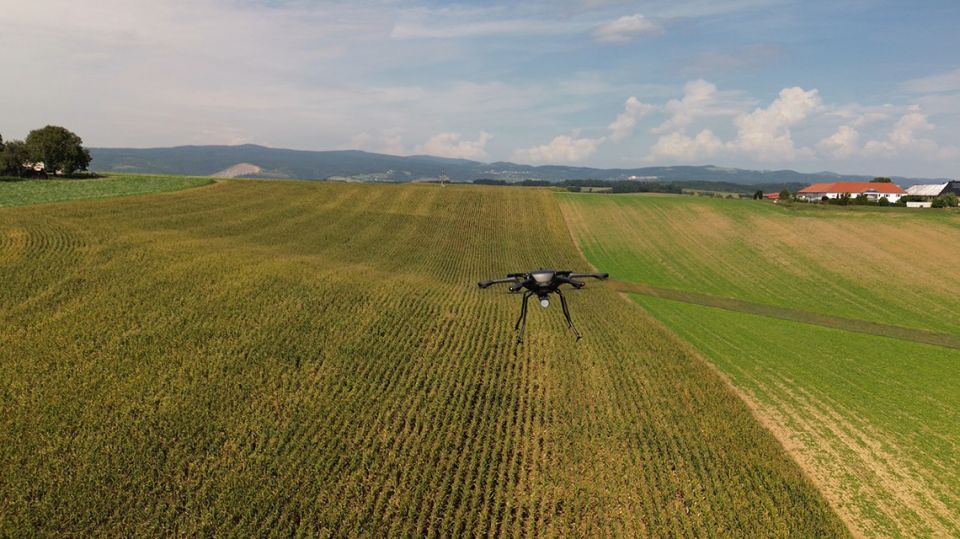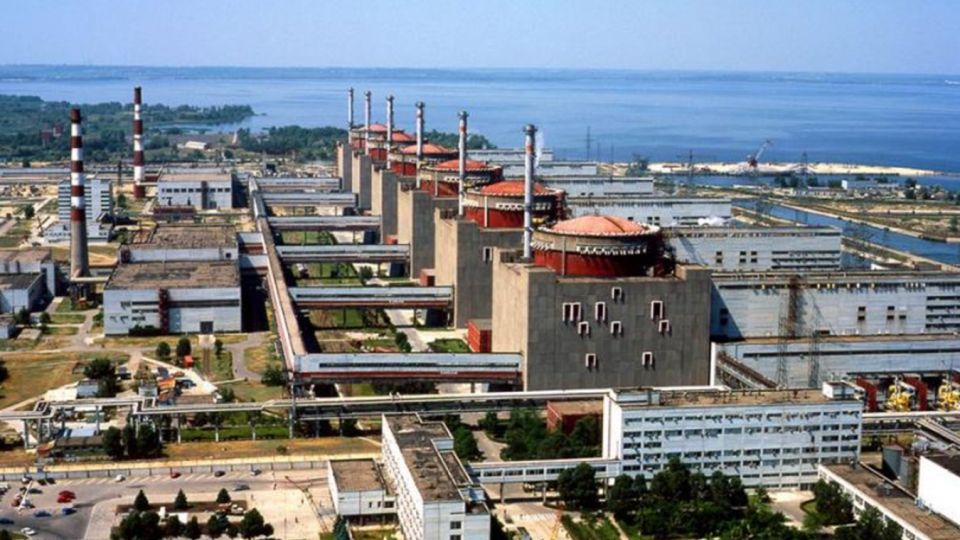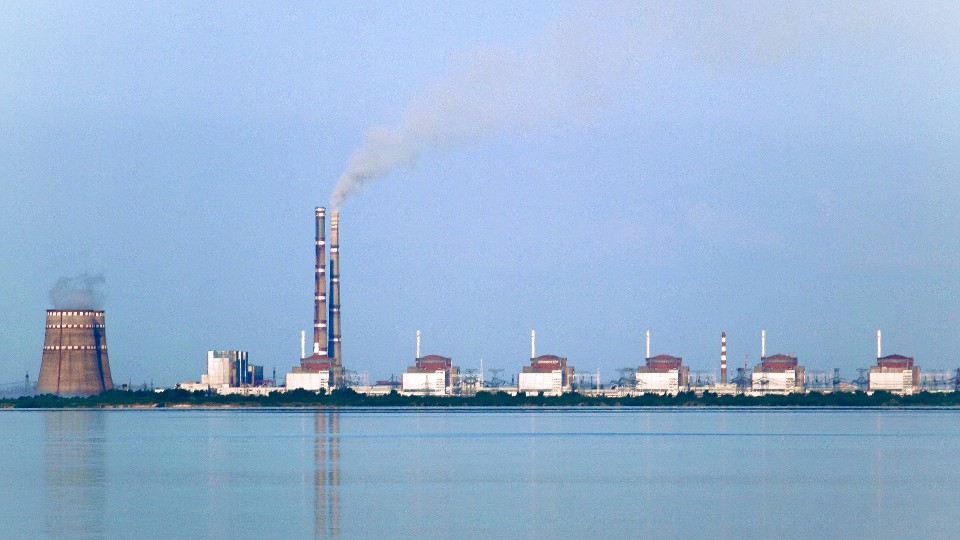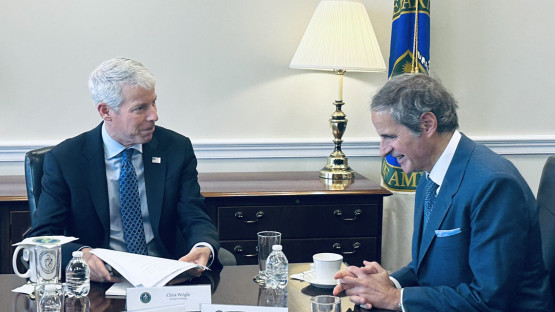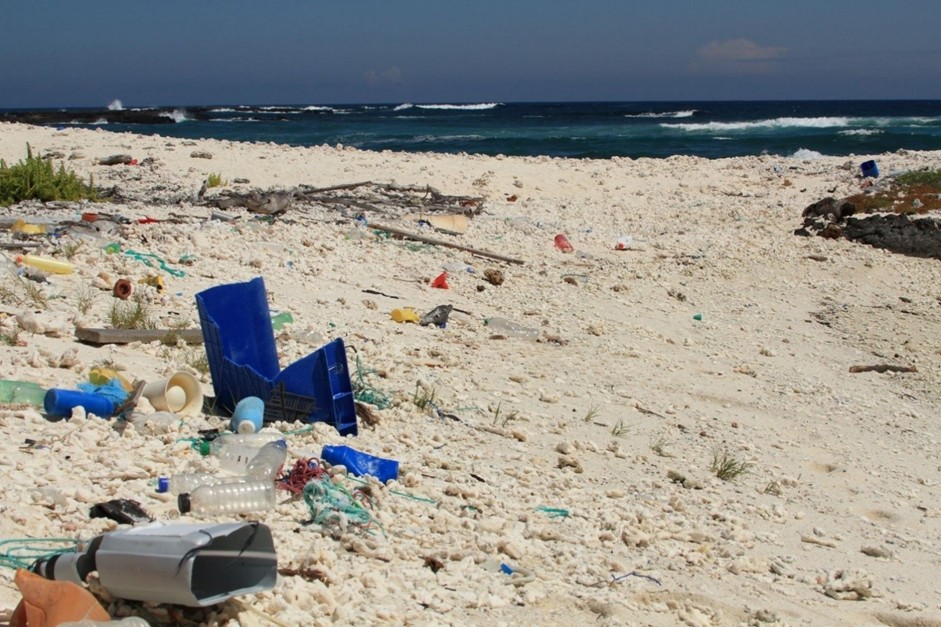IAEA calls for action following drone attacks at Ukraine nuclear plant
A recent drone attack at Ukraine’s Zaporizhzhia nuclear power plant prompted an emergency meeting by the International Atomic Energy Agency Board of Governors, during which the agency again called for the immediate removal of Russian military and personnel from the site.



